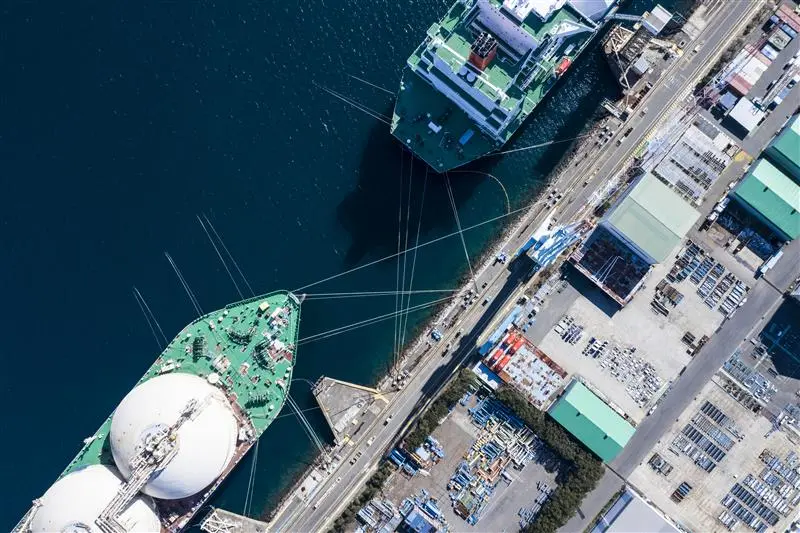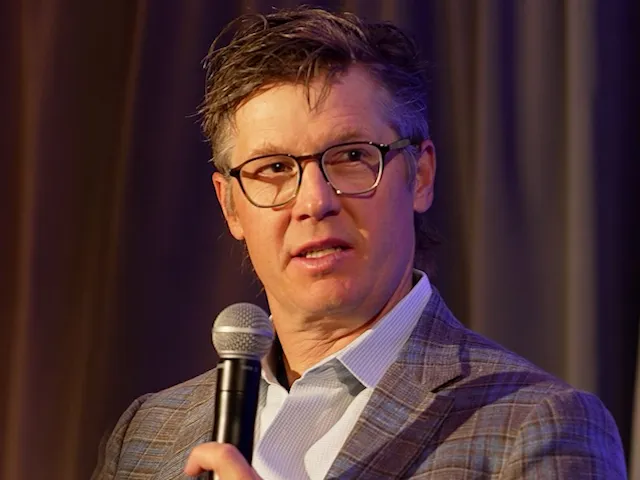In October, Jefferies and SMBC co-hosted a forum for senior executives from leading Japanese corporations and investment firms. The event, titled “How to Commercialize the Japanese Energy Transition,” examined how companies can monetize opportunities tied to the global transition and Japan’s Green Transformation (GX) Plan, a $1 trillion initiative to reduce emissions over the next decade.
One session, “Lessons from Portfolio Managers: A Guide for Japanese Corporates to Attract Public Equity Capital,” gathered four public-markets investors: Thomas Kamei, Executive Director at Morgan Stanley’s Counterpoint Global, leading the Tailwinds Fund; Rolando Morillo, Portfolio Manager for Rockefeller Asset Management’s Thematic Equity Offerings; Will Pomroy, Director of Impact Engagement & Sustainability at Federated Hermes; and Masanori Mizuno, Responsible Investment Lead at Sumitomo Mitsui DZ Asset Management.
The key question: how do international equity managers evaluate and allocate to transition strategies globally.
The Allocation Lens: Value First, Not Labels
Mr. Kamei opened with a clear framework for how his team evaluates transition strategy. Any initiative, he said, has to connect to one of four enterprise value drivers: extending a company’s durable competitive advantage, driving growth, improving profitability, or creating thematic optionality for the future. If it doesn’t, “we don’t think it has business value.”
The goal isn’t simply to “own fewer bad companies,” but to identify where a transition strategy directly contributes to alpha.
Rockefeller’s Approach: Mitigation, Adaptation, Security
Mr. Morillo framed climate change as a present, not distant, force shaping markets. Rockefeller’s approach starts with identifying durable business models with this is mind, linked to either climate adaptation or mitigation — and recognizing that the two increasingly overlap.
“It’s not just about decarbonization,” he explained. “It’s also about energy security. It’s about food security.” As global temperatures rise beyond the 1.5°C threshold, he sees a growing, often overlooked opportunity in adaptation: companies enabling greater resilience across supply chains, infrastructure, and agriculture.
Rockefeller focuses on companies with resilient balance sheets and strong management teams. These businesses, Mr. Morillo said, are positioned to navigate policy change, scale new technologies, and capture demand as the transition accelerates.
Engagement as a Core Mechanism
At Federated Hermes, Mr. Pomroy described engagement as the core of the investment process. “Engagement is central, foundational to how we go about pursuing investments for our clients,” he said. The firm’s active, long-term funds focus on governance quality and a company’s openness to dialogue. He called this “receptiveness to engagement.”
That responsiveness is often the best signal of readiness for transition, which he described as “a journey” requiring patient, purposeful conversation between investors and management.
Momentum Over Static Scores
Mr. Mizuno drew a distinction between ESG, impact, and transition investing, emphasizing rate of change over static ratings. “We pay more attention to the changes, the momentum,” he said, “not the raw level of ESG score.”
Beyond screening, his team seeks to “proactively contribute to the positive change of the corporate… through engagement,” including through initiatives like Japan Hydrogen that aim to make a “hydrogen society” bankable with true “risk money.”
Why Japan (Now)
Across the panel, Japan’s appeal is rising. Mr. Kamei pointed to world-leading industrial niches — “60% market share of global precision gears used in industrial robots” — and the importance of retruns that clearly links strategy to secular growth.
Mr. Morillo cited visible shifts in governance and capital allocation discipline, plus attractive valuations. Mr. Pomroy noted that eight years of governance and capital-efficiency reforms have made conversations “much richer,” with a stronger “convergence in interest” between societal needs and investor returns.
Where the Opportunities Are
Mr. Morillo highlighted three near-term buckets: low-carbon power (including nuclear restarts toward a “20 to 22%” mix target), grid “infrastructure” and “resilience,” and an impending wave of energy-efficiency retrofits across aging building stock. He also called out industrial decarbonization (electrification and advanced materials). One example: carbon fiber in aerospace delivering “about 20% fuel efficiency,” a real cost and emissions win.
Mr. Kamei underscored grid build-out as an investable pull (citing Quanta Services’ multiple expansion tied to “incremental free cash flow” from grid spend), and offered a caution on box-ticking: “… [a] focus on disclosure has been counterproductive,” especially when metrics can be gamed without real-world abatement.
What Corporates Should Do Now
The panel closed with practical guidance for companies seeking to attract capital.
Mr. Pomroy urged firms to translate transition targets into clear financial terms, connecting plans directly to the top line, bottom line, and capex context. Mr. Mizuno stressed the importance of showing outcomes rather than slogans, calling for “commitment to action” and tangible metrics that demonstrate progress.
Mr. Morillo highlighted a more immediate constraint: execution capacity. “We may not have the labor resources necessary,” he said, urging companies to plan for skilled-labor gaps as they scale new projects. And Mr. Kamei returned to the investor lens: “We need to change the mindset,” he said. “It is not about owning fewer bad companies; it’s about alpha.”
Follow along for more insights from Jefferies’ Sustainability and Transition Team on the Japan GX Plan and other important climate investing themes in the weeks ahead.




